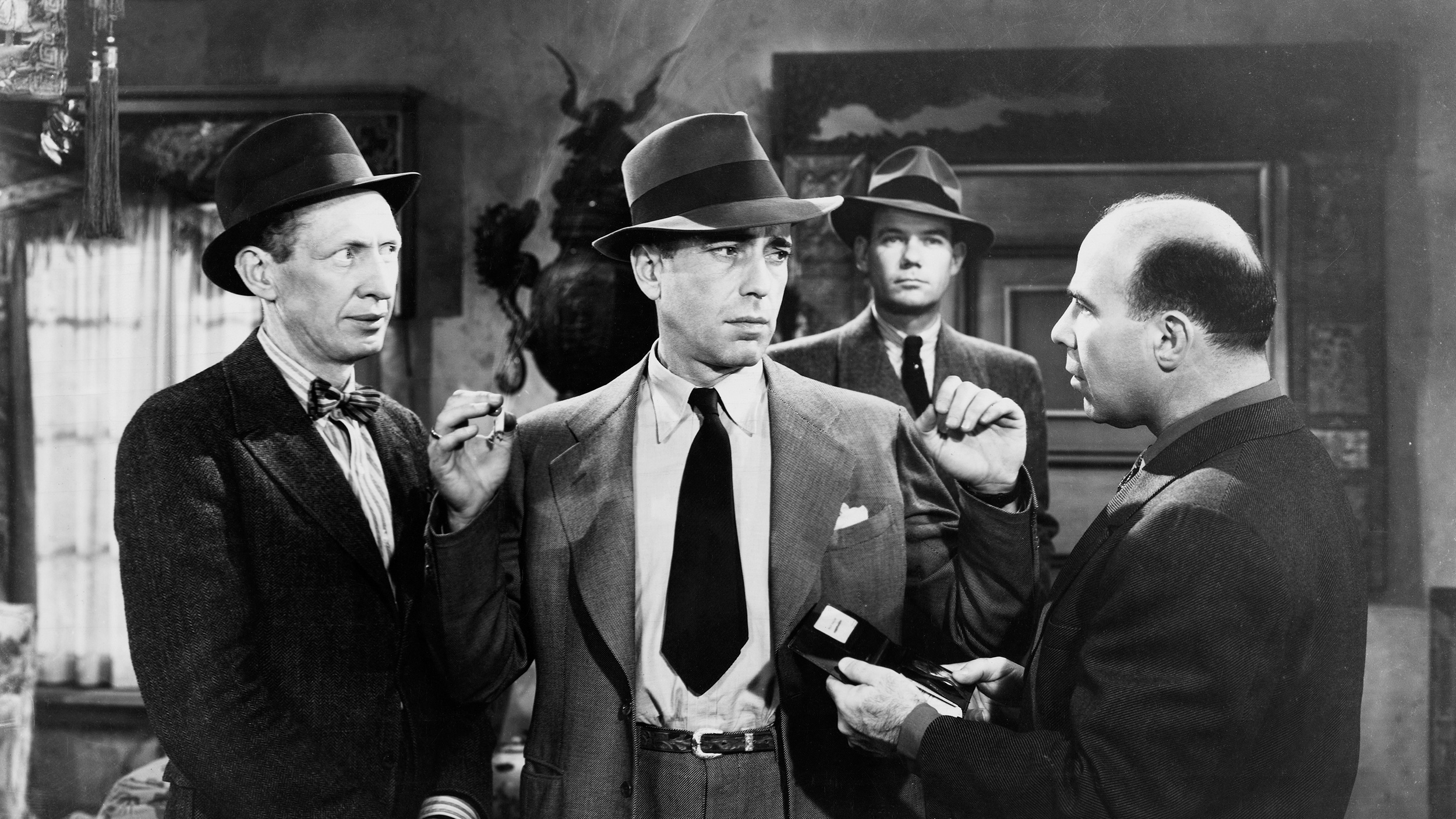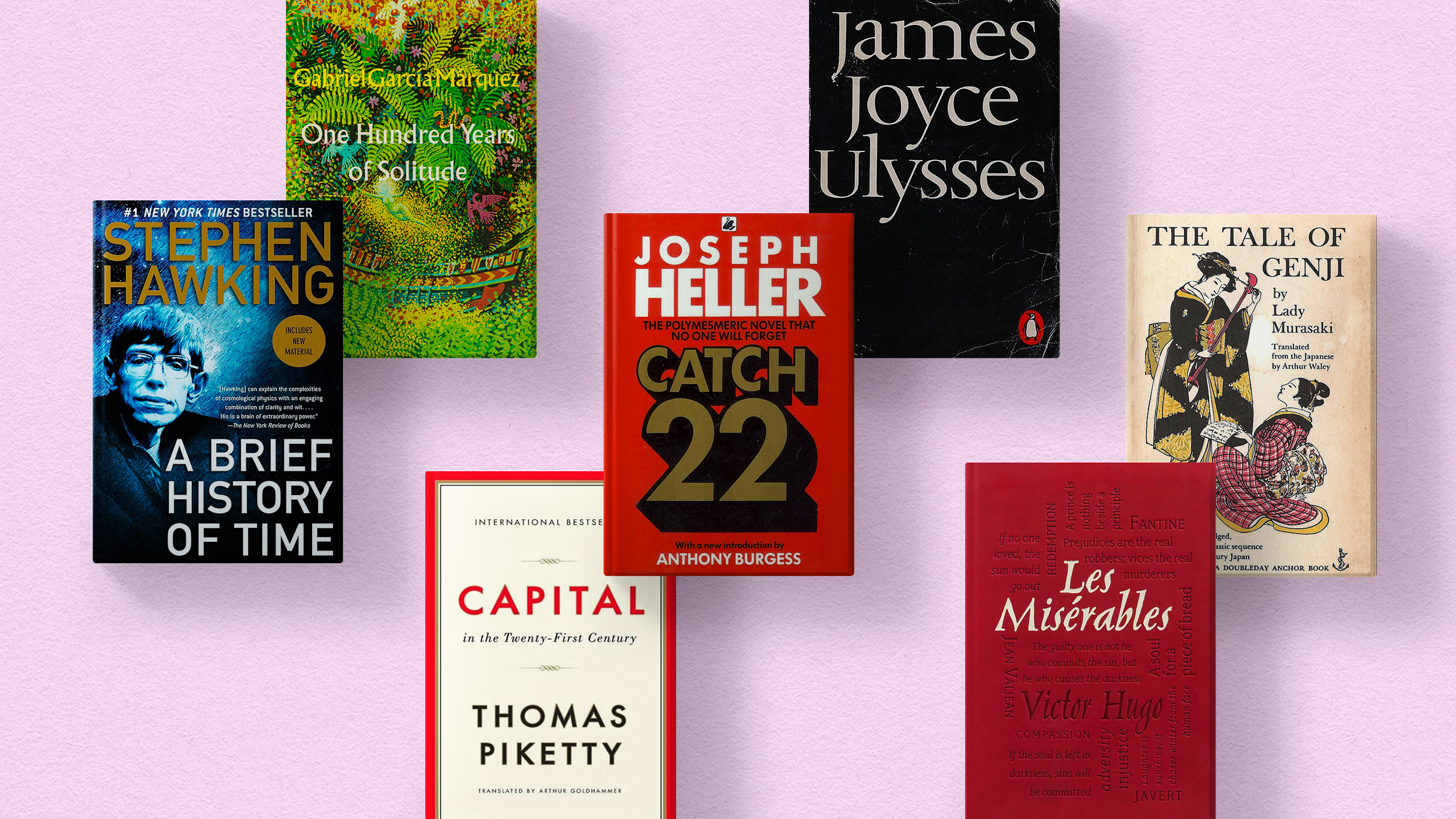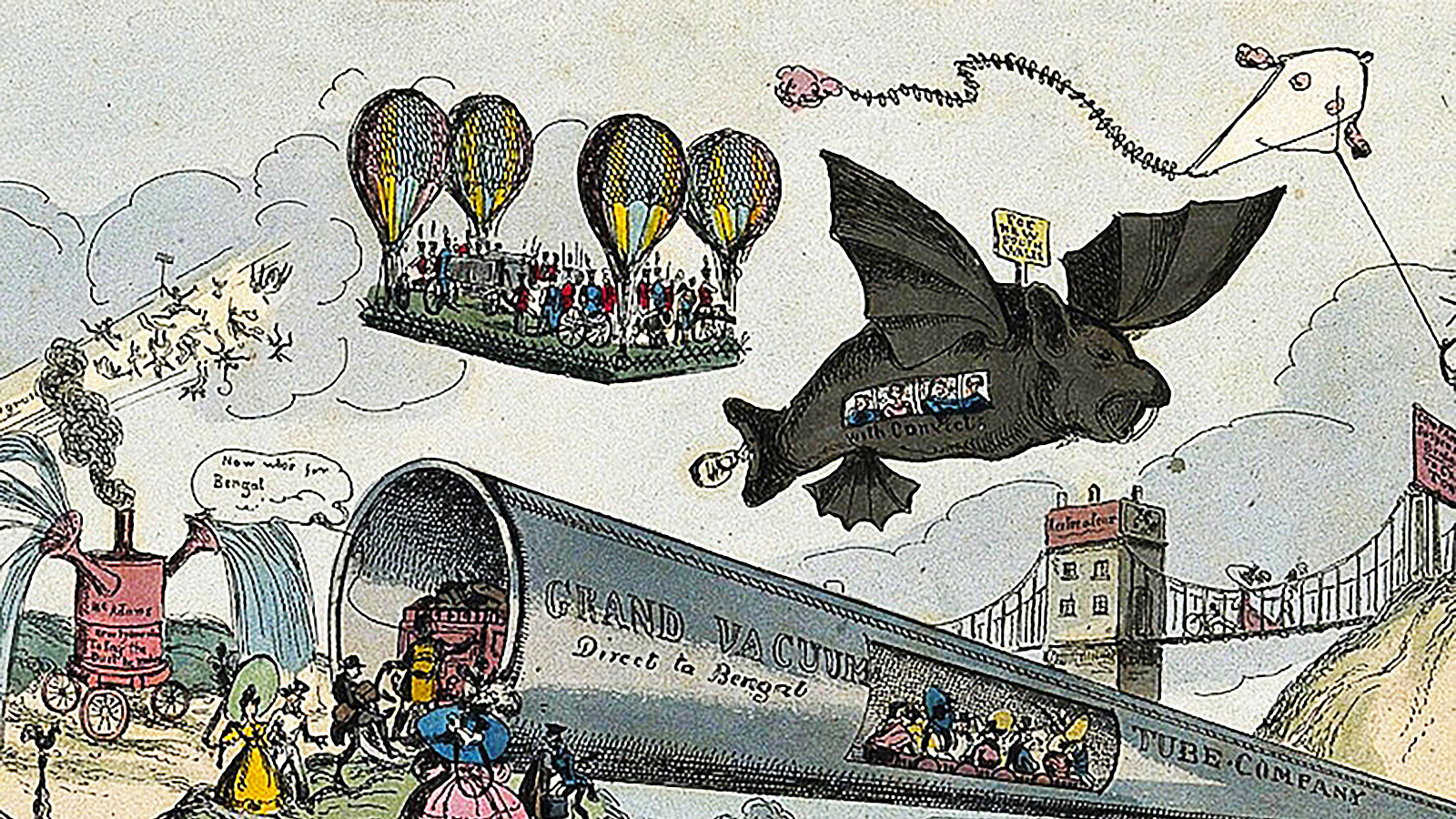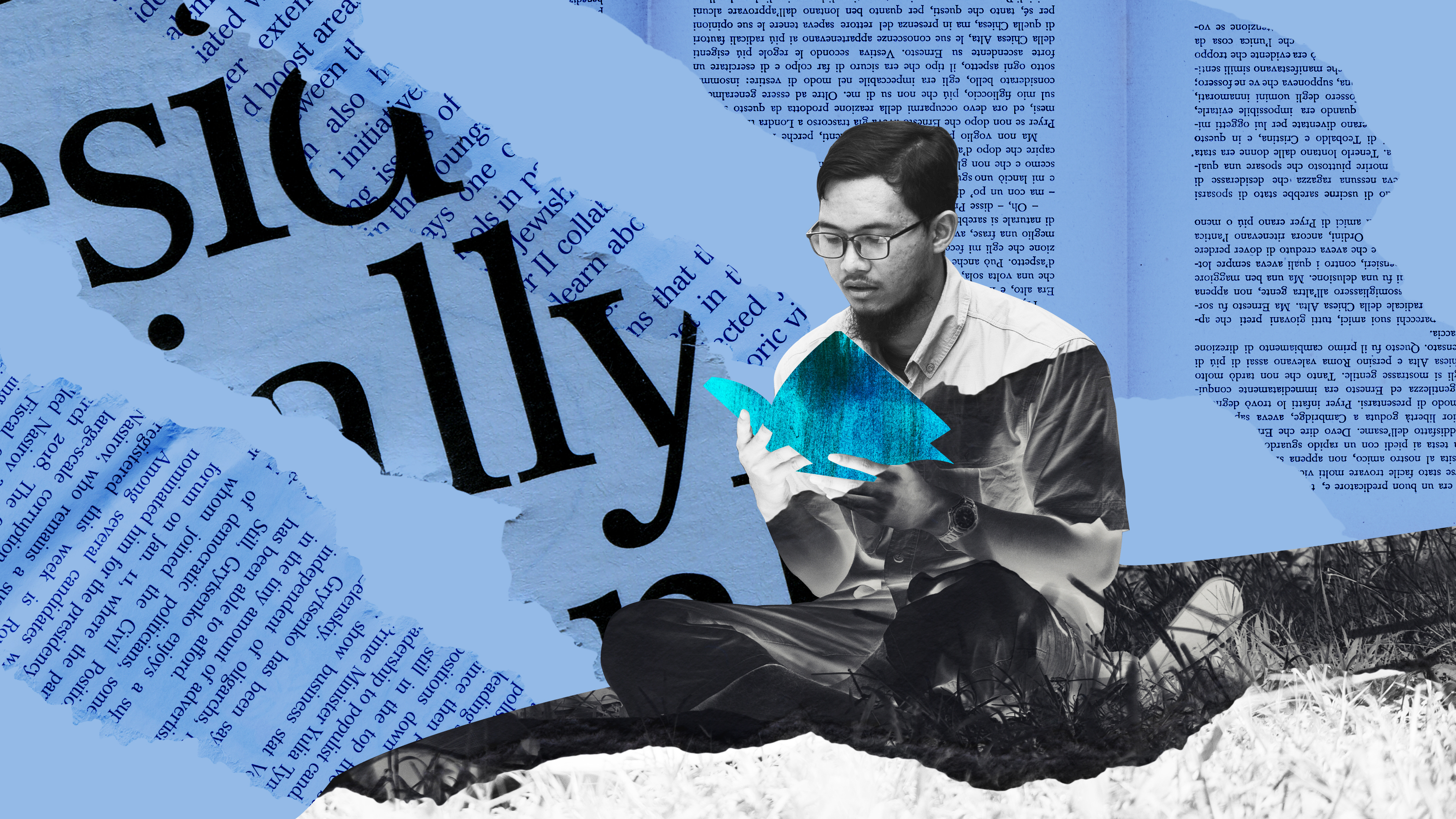5 brilliant books that pioneered new subgenres of literature
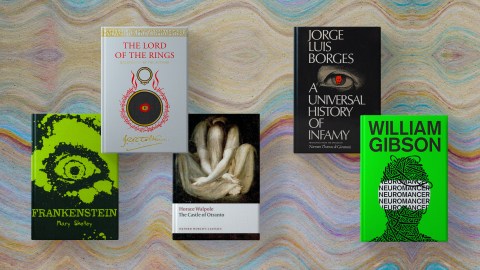
- A genre is a category of art characterized by a set of conventions.
- Here we explore five works that pioneered genres such as Gothic horror, science fiction, and high fantasy.
- Genres are often seen as a way to classify stories, but in literature, they would be better viewed as conversations.
“There is nothing new under the sun.” That’s a sentiment that fans of storytelling may be especially familiar with. Sometimes, it can feel as though books recycle the same settings, characters, concepts, and ideas from past works.
Just consider how many fantasy novels are populated with elves, dwarfs, and orcs. These are fantasies. The authors are free to populate their fantastical worlds with whatever creatures their imaginations can conjure, yet they stick to the tried-and-true. Heck, even Ecclesiastes — the book of the Old Testament where our opening quote comes from — is one of the many works in the vanity literature genre to feature a message of life’s futility.
But every now and then, a work comes around that — while not wholly original — mixes and mingles its ingredients in ways that captivate readers and other authors. These works beget lineages of homages, imitators, and successors, and only with the advantage of hindsight do we look back and realize they pioneered new subgenres of literature. Here are five such books:
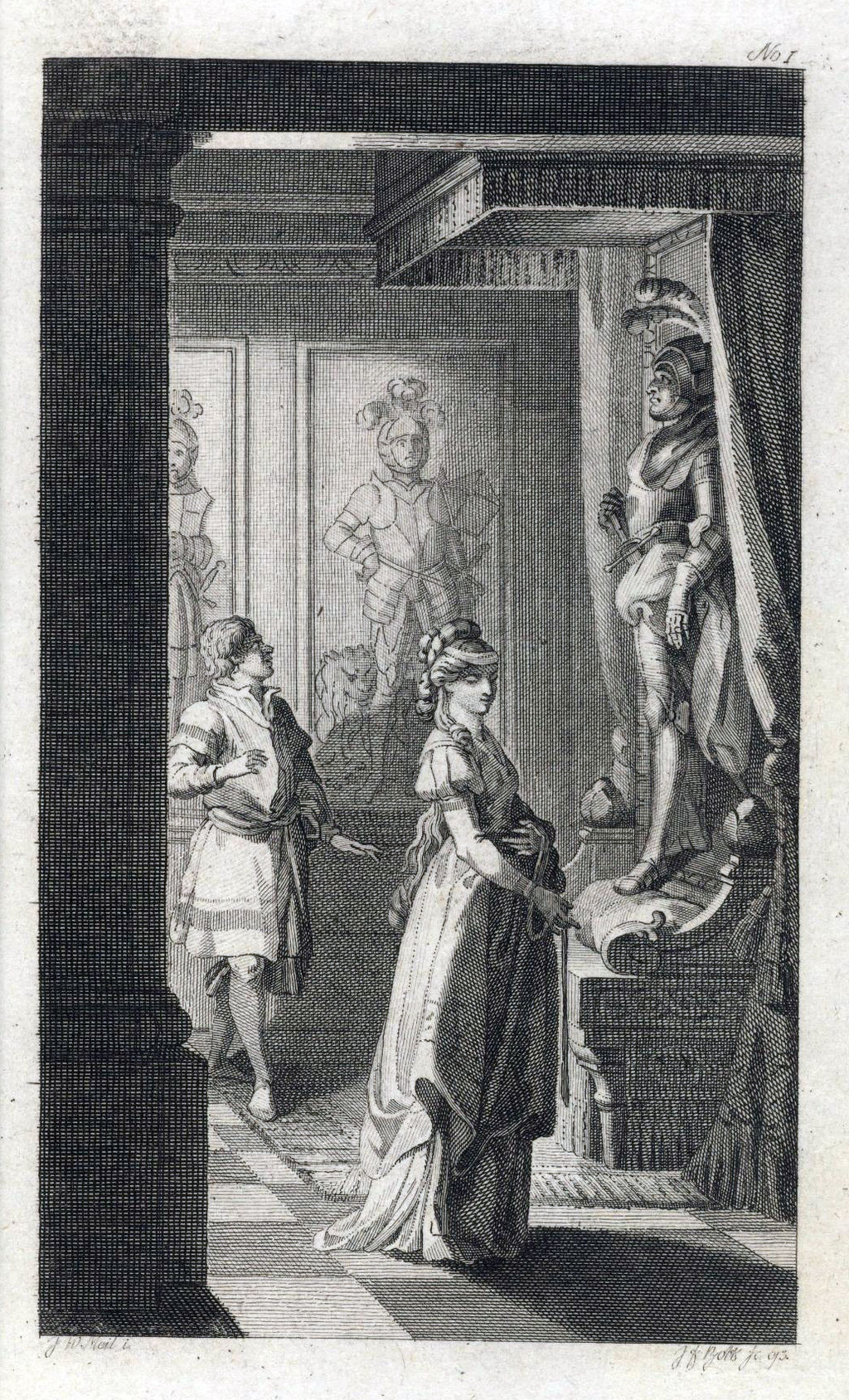
1. The Castle of Otranto (Gothic horror)
Horace Walpole’s The Castle of Otranto (1764) tells the story of a doomed medieval family line. Manfred, the lord of the titular castle, is set to marry his son, Conrad, to the princess Isabella. However, Conrad’s tragic death and an ancient prophecy foretelling the fall of the lordship of Otranto leads Manfred to try to divorce his wife and marry the young Isabella himself, a decision that will set off a chain of dreadful events and shocking revelations.
While some claim Otranto is the first true fantasy story — more on that later — it’s typically considered the first work of Gothic horror. The novel established many of the sub-genre’s conventions by blending dark castles, family secrets, a sinister villain, a damsel in distress, and supernatural haunts, all of which serve to deliver heaps of tragedy and murder upon its characters. Its later subtitle, “A Gothic Story” — added to the third edition — even graced the sub-genre with its moniker.
The genre proved hugely popular in the late 1700s to the mid-1800s, culminating in such impressive works as Emily and Charlotte Brontë’s Wuthering Heights and Jane Eyre (1847), respectively. From there, it began to diffuse into the horror genre more generally, influencing the likes of Bram Stoker’s Dracula, as well as the works of Edgar Allan Poe. It also inspired the next book on our list.
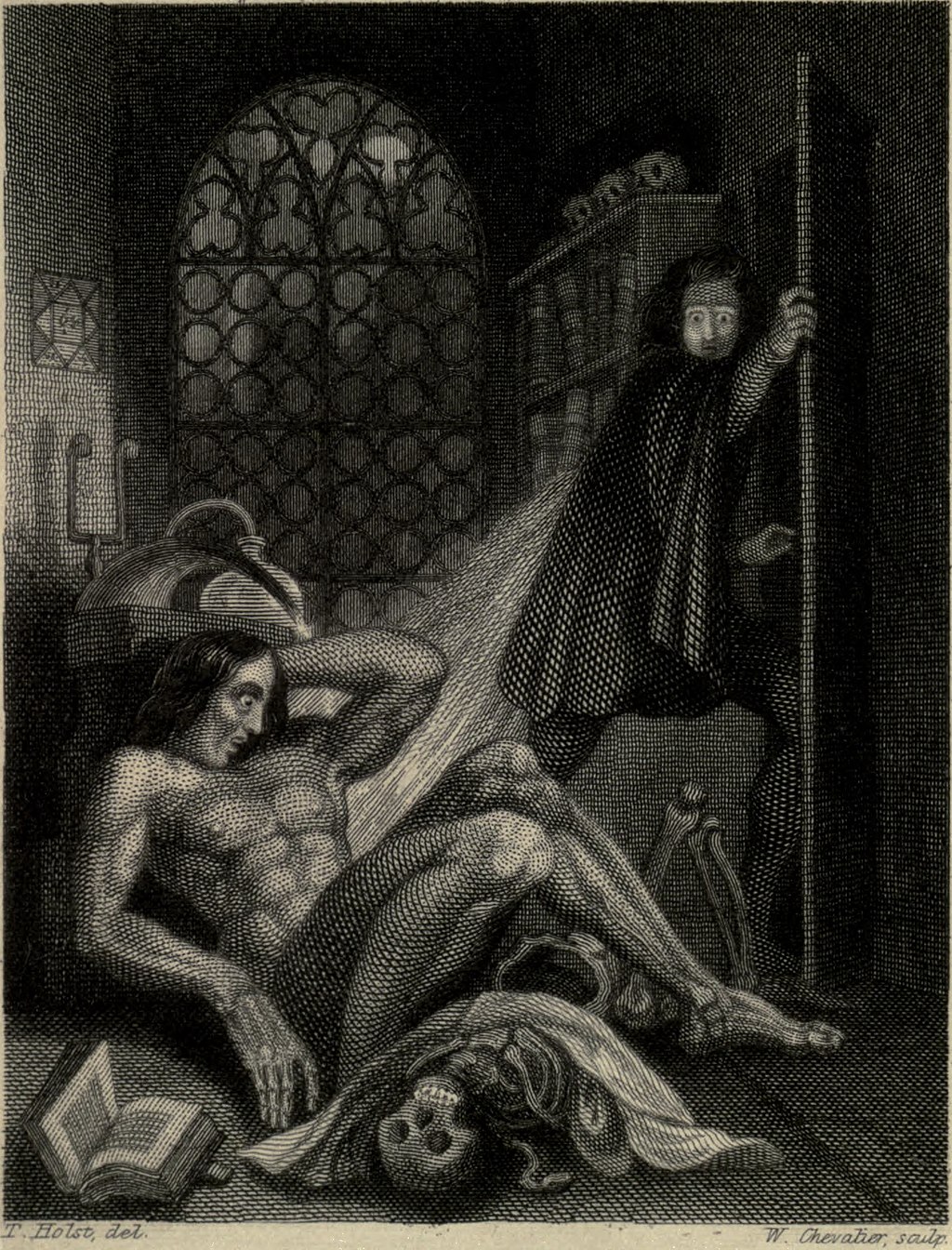
2. Frankenstein (science fiction)
Mary Shelley’s Frankenstein (1818) is the story of Victor Frankenstein, a brilliant scientist who loses his mother to scarlet fever. In his grief, he researches a way to return life to the dead but becomes so horrified at the Creature he creates that he abandons it and flees.
As with The Castle of Otranto, this decision leads to deadly secrets, a damsel in distress, supernatural haunts, and, ultimately, a tragic conclusion. Swap out dark castles for secluded laboratories, and you’ve got a Gothic novel infused with Romantic philosophy, which was how the novel was received shortly after its debut.
Today, however, many now consider Frankenstein to be the first work of science fiction. That’s because Shelley’s supernatural horrors weren’t born out of gods, magic, or alchemy. They were animated by science — or, at least, the scientific understanding of the day.
For instance, in a series of experiments, Luigi Galvani zapped electrical pulses into dead frog legs to make them twitch. He even held demonstrations where he lined up frogs’ legs on metal wire so they would “dance” during electrical storms (as scientists did back in the day, apparently). Galvani called his discovery “animal electricity” and even hinted that it was a type of life force.
Experiments like Galvani’s lead Shelley to question the value of scientific progress unfettered from morality and responsibility. It’s a classic theme that has been explored at length in science fiction ever since.
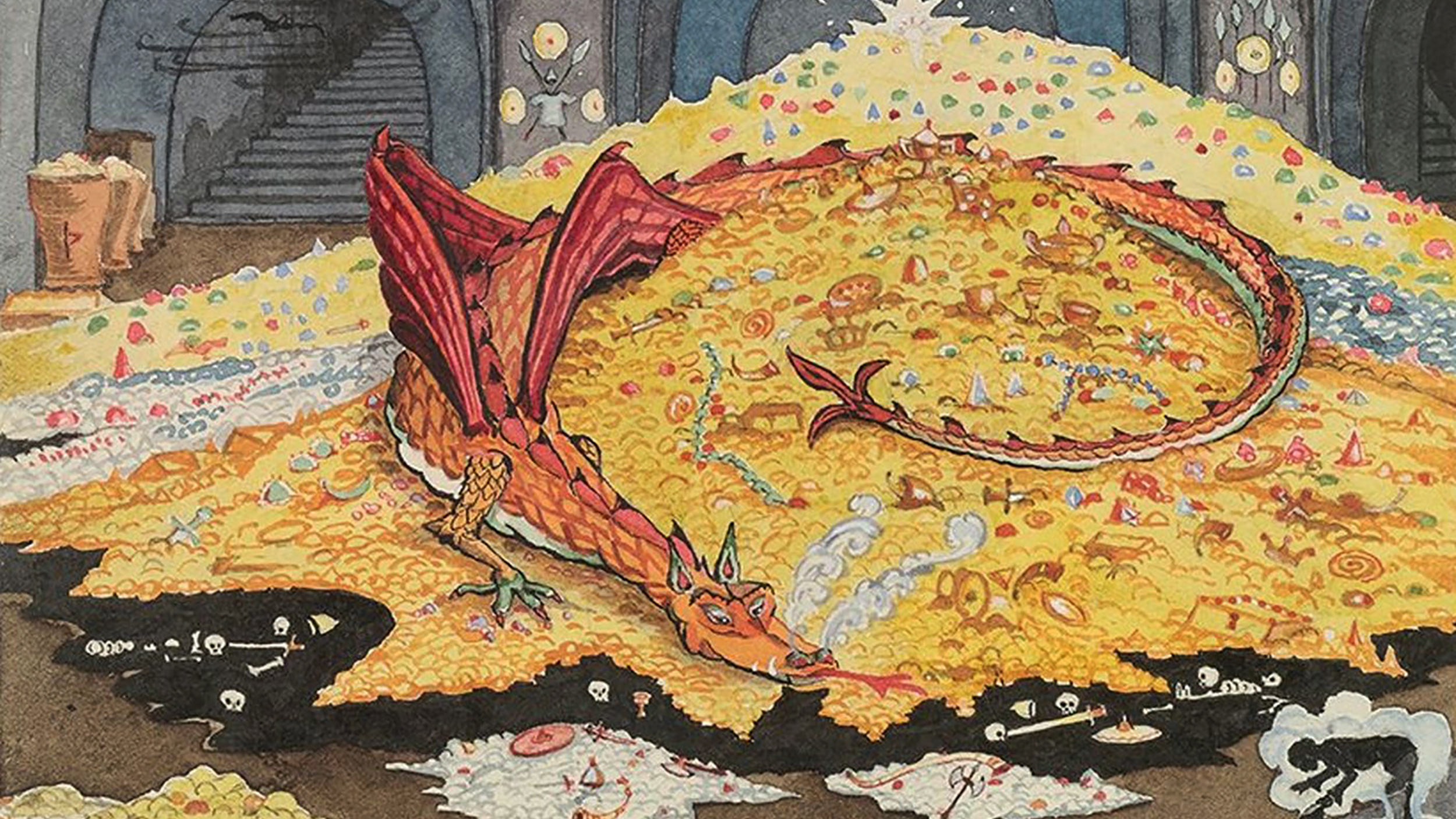
3. The Lord of the Rings (high fantasy)
J.R.R. Tolkien’s The Lord of the Rings (1954-55) tells the tale of the Dark Lord Sauron’s invasion of the fantasy world of Middle-earth. Facing such an immense and evil power, the people of Middle-earth send a Fellowship of men, dwarfs, elves, and hobbits on an epic quest to destroy the One Ring — and with it the source of Sauron’s power.
For many, The Lord of the Rings is the quintessential fantasy story. But it’s certainly not the first. Some give that honor to George MacDonald’s Phantastes (1858), a novel about a young man transported to a dreamlike world in search of ideal feminine beauty. But is Phantastes a fantasy or a fairy tale? Others will claim Edmund Spencer’s The Faerie Queene (1590), One Thousand and One Nights, or even Homer’s The Odyssey. But are these fantasies or works of epic poetry, folktale, and mythology, respectively?
In short, determining a true fantasy pioneer is probably impossible. It depends on how one defines the genre. We’ll find more solid footing by sticking to one of the genre’s many subgenres, and here, Lord of the Rings has left an indelible impression on high fantasy.
Works in this subgenre take place in alternative worlds (as opposed to those where the characters travel from our world to the fantastical one, a la Narnia). Their plots center on world-sized conflicts, typically against great evils. They also tend to include fantastical creatures and magical elements. These conventions sum up Tolkien’s epic nicely, and his influence helps explain why those elves and orcs have become so peskily common in fantasy.
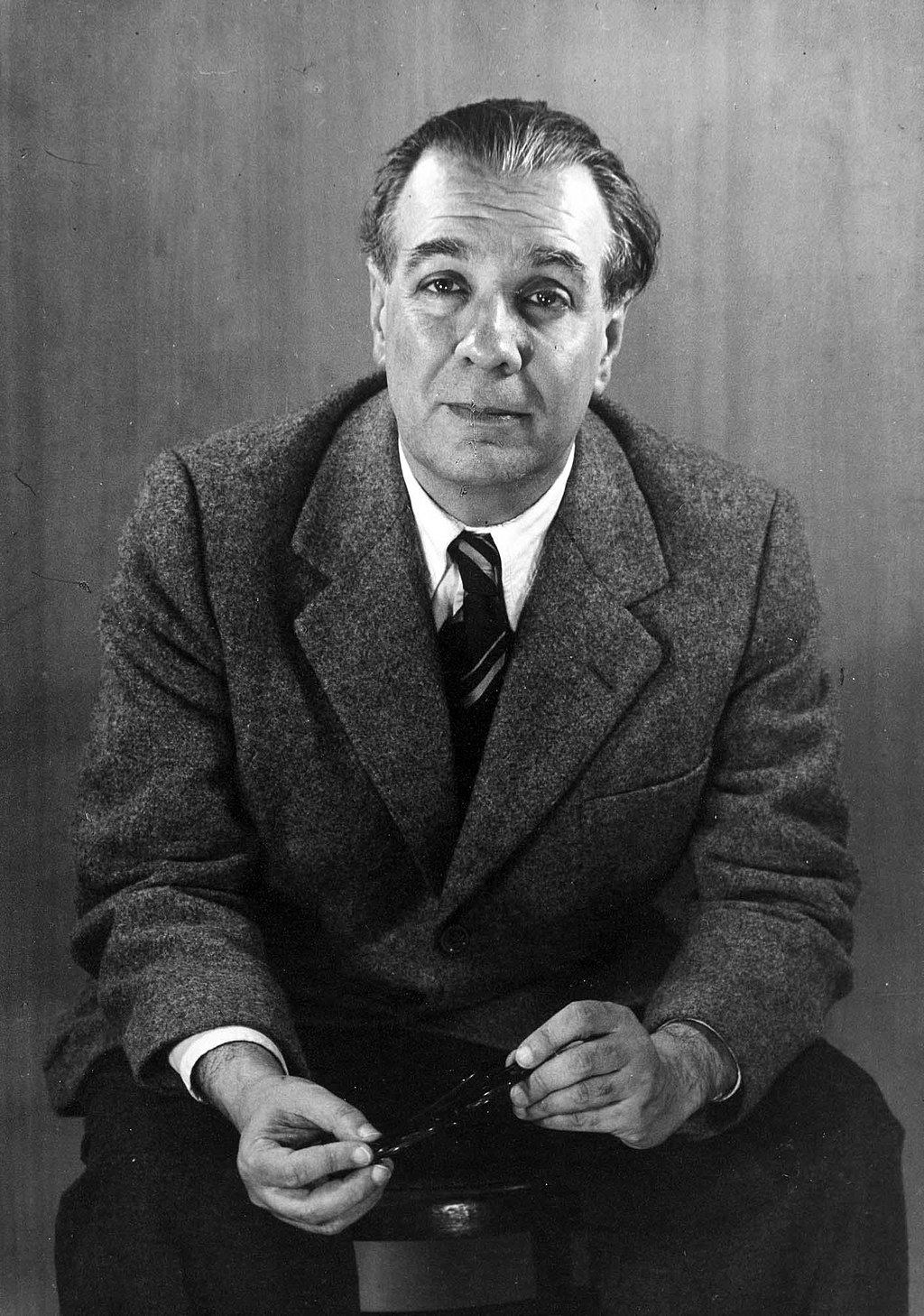
4. A Universal History of Infamy (magical realism)
Unlike the other works on this list, Jorge Luis Borges’s A Universal History of Infamy (1935) isn’t a novel but a collection of short stories. Each is an account of a real-life criminal, such as John Murrell, Billy the Kid, and Kira Yoshinaka. But Borges’s stories aren’t historic retellings. They are metafictions — stories that allude to the fact that they are stories — that blur the lines between reality and fiction.
Magical realism lives on that blurry border. Works in this genre take place in our mundane reality but add a dash of the fantastical. Unlike fantasy, where the magic is treated as extraordinary, magical realism is all very matter-of-fact. This guy levitates. She talks to animals. This point in space contains all other points in space. That’s just how it is.
While the term was originally used to characterize a style of German expressionist painting in the 1920s, it ultimately came to describe a trend in Latin-American literature that emerged in the mid-20th century. In analyzing the trend, literary critic Angel Flores adopted the label “magical realism” and placed Borges at the starting line.
But if Borges established the genre, his magical realist successors, such as Gabriel Garcia Marquez and Isabel Allende, have since become synonymous with it. These Spanish-American authors have in turn influenced the likes of Neil Gaiman, Salman Rushdie, and Haruki Murakami.
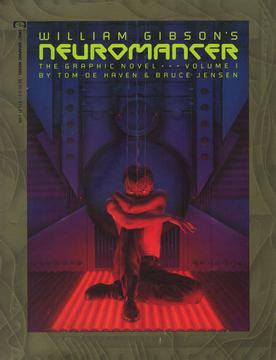
5. Neuromancer (cyberpunk)
“The sky above the port was the color of television, tuned to a dead channel.” This line opens William Gibson’s Neuromancer (1984), the story of a hacker hired to infiltrate a corporate network and free two artificial intelligences. To do so, he’ll have to avoid greedy corporations and their private military forces with the aid of a group of criminals, including the cybernetically enhanced femme fatale Molly Millions.
Cyberpunk takes Shelley’s warning against inhumane progress and amps it up with punk rock flair. Its dystopian futures are rampant with drugs, social decay, and urban sprawl. Its heroes are anti-establishment, card-carrying members of the Sex Pistols party. But perhaps the genre’s most distinctive feature is its post-human technology — where the internet isn’t limited to screens but flows directly through people’s nervous systems.
Gibson sets this stage and drenches it in neo-noir neon. Again, Neuromancer may not be the true trailblazer. In fact, Gibson’s own short story Johnny Mnemonic (1981) probably has the stronger claim. But that story feels like a trial run. It was his debut novel that electrified the genre and inspired works like Snow Crash (1992) and Altered Carbon (2002), and synced so perfectly with the new storytelling medium of video games.
Unending conversations
You may have noticed that these genre pioneers don’t neatly separate what came before, nor do they strictly define what came after.
By our description above, one could easily claim William Shakespeare beat Walpole to the Gothic punch with Hamlet. Similarly, depending on what conventions are highlighted, William Morris’s The Well at the World’s End (1896) may be considered high-fantasy’s true progenitor. And are New Wave works like Samuel R. Delany’s Nova and Philip K Dick’s Do Androids Dream of Electric Sheep? (1968) the forerunners to cyberpunk or the genre’s founding fathers?
The thing is, genres aren’t classifications of literary works the same way taxonomy systematically arranges plants and animals according to their natural relationships. Unlike species, literary genres can borrow what DNA they wish for any other work to create something that defies orderly classification. (Then again, there are also egg-laying mammals, so it’s not like nature is that neatly organized either.)
Rather than think of genres as categories, it’s better to see them as conversations. They are the centuries-long dialogues between authors and readers, and each new work acts as a voice that discusses, revitalizes, and reimagines what came before it. Sometimes, these conversations can head off into new, unexplored tangents, and those tangents may cross paths later on.
So, while there may be nothing new under the sun, there will always be new ways to discuss stories. (Yes, even that umpteenth fantasy featuring elves and orcs.)
